News
Haunted History: Where Halloween Comes From Part 4
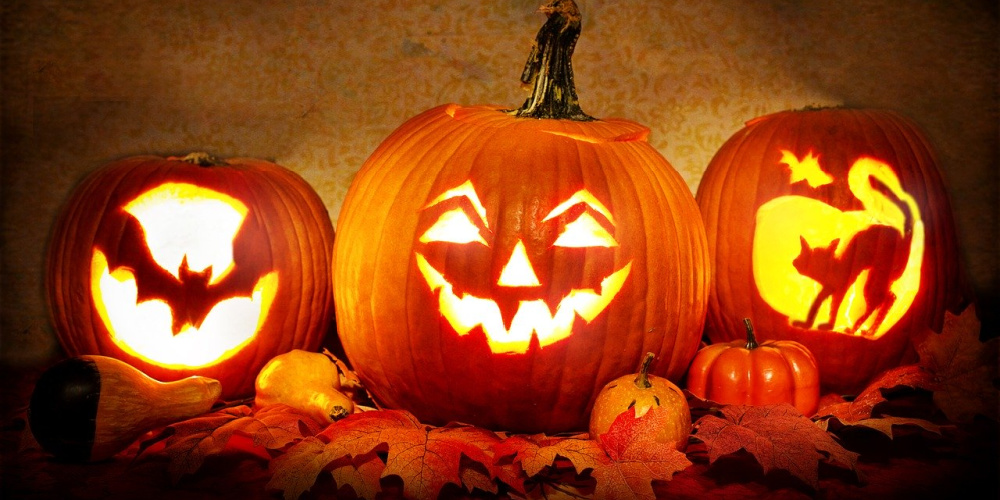
Welcome to the final part of our journey through the history of Halloween!
Time moved on, as it is wont to do, and the peoples of Europe began to travel across the ocean and colonize the lands they found there. In the thirteen original colonies of the United States, religion and beliefs bent to fit the people who settled there.
In Virginia, made up mostly of English settlers of the Protestant Anglican faith, they rid themselves of Saints, but kept the celebrations All Saints’ and All Souls Days. It was not uncommon in private libraries of Virginian families to find books on astrology, magickal practice, and divination alongside the family Bible. They melded spiritual and religious beliefs and even, over time, managed to get the Anglican Church to recognize All Souls and All Saints’ days as festivals to honor the dead.
In Pennsylvania, under the Quaker practice of tolerance for all religions, immigrants of Irish and German descent combined the beliefs of the commonly held Celtic roots and the celebration of Halloween flourished until well into the mid-1700s in a most traditional way. Here, more than any other colony, folk magick and other spiritual beliefs were not just tolerated, but encouraged. The lighting of the bonfires as their ancestors had done, while perhaps not common practice, was certainly something that did occur. It is amazing really, that such traditions could be carried forward by oral tradition alone. Through all of the groups they had encountered that had tried to keep the beliefs away, they endured and woke once more in the new land.
Maryland remained predominantly Catholic in the beginning, but was later taken over by the Puritans. They forbade all celebration of any such holidays as All Saints’, All Hallows, or All Souls Days. A fun bit of trivia for you, they also forbade the celebration of Christmas because they knew the day of celebration had grown up on the backs of pagan traditions and in place of pagan celebrations. Their rule lasted here until 1688 when they were finally brought down and the English took back over the colony.
So, what do we have here? Immigrants from all across Europe have come together and mingled creating their own culture and their own traditions. In the midst of this, the practice of Mischief Night began to creep up all across the colonies and eventually, states of the United States. Communities would come together for great parties in the fall season, and the youth of the community would run about in costumes, soaping windows and playing pranks on the older members of the community. And though they had different names for it (Nut Crack Night, Apple Night, and yes, Halloween), a commonality began to creep into the mindset of the people and this night of revelry became a part of all their lives.
It was during the Victorian era that we began to see some of the common imagery we now associate with Halloween. Broom riding witches with green skin and warty noses were drawn bent over their cauldrons, summoning up the spirits of the dead. Newspapers and magazines gave instructions for party games and how to carve a “proper” Jack O’ Lantern from pumpkins. All the while, mischief still reigned supreme as teenagers came up with new and exciting ways of pranking their fellows on this night.
By the early 20th century, manufacturers in the U.S. were making products specifically for Halloween. Decorations and costumes could be purchased in stores at this time, though it was much more common in more rural areas to make one’s own from supplies readily available at home.
An unfortunate development at this time came when the Ku Klux Klan decided to use Mischief Night as a night to further their own agenda. Homes and churches were burned by the militant, discriminatory group under the guise of teenage mischief. It was not until the Boy Scouts combined with groups like the Kiwanis and Lion’s Clubs to create trick or treating night that the holiday was finally wrested from the hands of these evil men in white sheets by turning it from a night of mischief to a night of more innocent fun. This was further helped along by World War II when youngsters were told that vandalism wasn’t fun anymore. What’s more it was irresponsible and un-patriotic to destroy someone else’s property, especially when so many were struggling to make ends meet during the lean times of war.
During the 1970s, a great scare came over the holiday. Gossip warned that candy and apples could be poisoned with the intent of harming children on Halloween. Before this time, if you didn’t have a lot of money, you could make your own candies or popcorn balls at home to hand out to trick or treaters. Not so after these rumors began to fly about. It was store bought, pre-wrapped candy or nothing at all. What’s even more important to note is that not once, and I mean not a single time, has there ever been a documented case of a poisoned child or a child being cut by a razor blade hidden inside an apple. Oh, I know we’ve all heard the stories, but it never happened. Blows your mind, doesn’t it?
It was in the 1990s that Halloween once again found itself staring down the barrel of religious discrimination. Radical Protestant groups, at this time, began their own personal war with Halloween. They claimed it was a satanic holiday…that it was evil…that it exalted demons in the guise of costumed childhood games…that it…wait…didn’t I already write this? Oh yes…yes, I did! You see, in the 1990s, we came full circle, where those who wish to control another group of people begin by attacking their ideals and holidays. But, if there is anything we have learned on our journey over the last few weeks, it is that Halloween endures. It changes, evolves, and even hides out when necessary, but it does endure.
That brings us to the present days, readers. Halloween remains, to this day, a holiday prominently celebrated in the U.S. and Ireland, though it is gaining popularity in other parts of the world. I hope you’ve enjoyed this journey as much as I have enjoyed conducting it. And most of all, I wish you a happiest Halloween 2014!
'Civil War' Review: Is It Worth Watching?
Follow our new YouTube channel "Mysteries and Movies" here.

Movies
The Original ‘Beetlejuice’ Sequel Had an Interesting Location
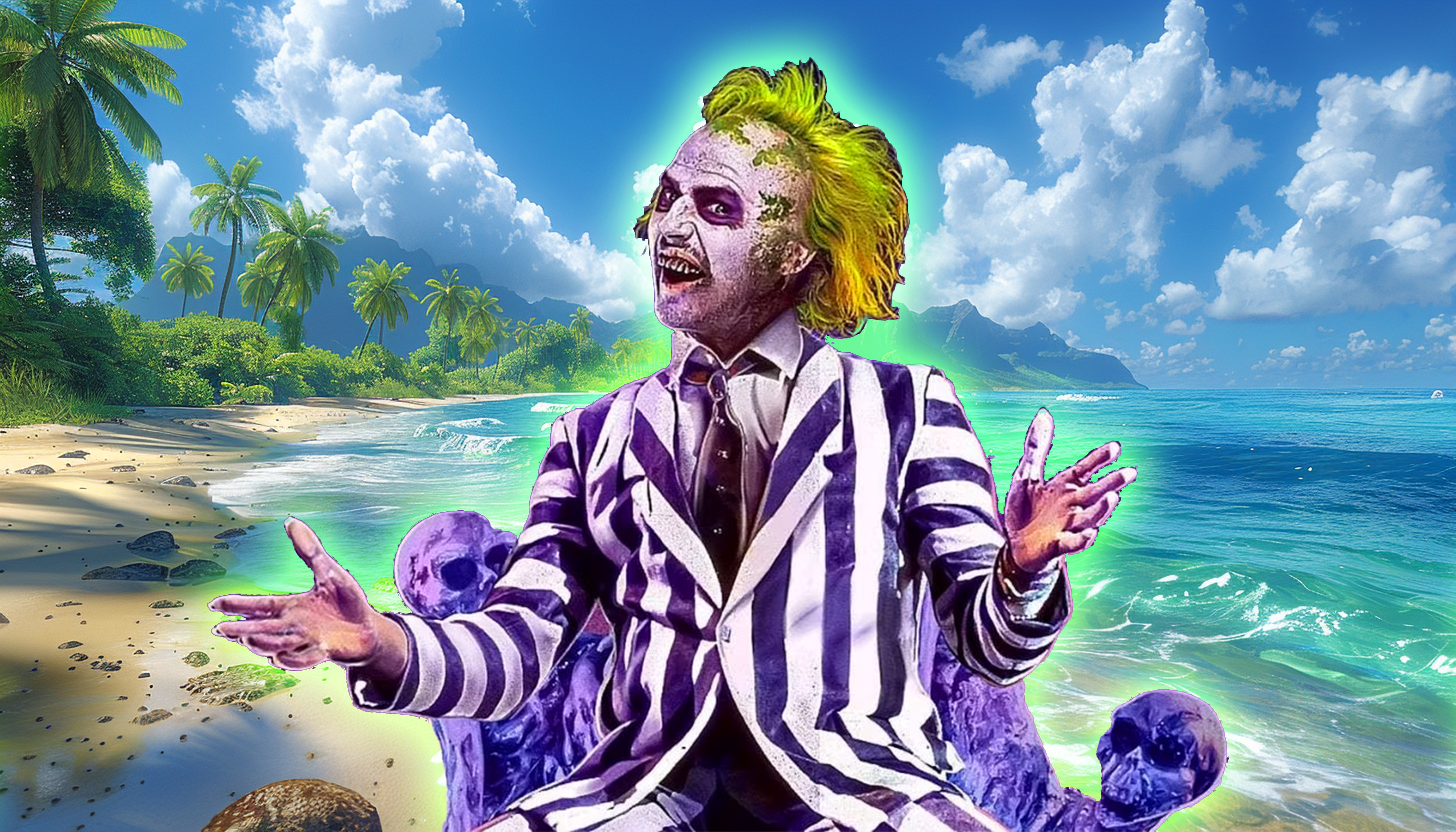
Back in the late ’80s and early ’90s sequels to hit movies weren’t as linear as they are today. It was more like “let’s re-do the situation but in a different location.” Remember Speed 2, or National Lampoon’s European Vacation? Even Aliens, as good as it is, follows a lot of the plot points of the original; people stuck on a ship, an android, a little girl in peril instead of a cat. So it makes sense that one of the most popular supernatural comedies of all time, Beetlejuice would follow the same pattern.
In 1991 Tim Burton was interested in doing a sequel to his 1988 original, it was called Beetlejuice Goes Hawaiian:
“The Deetz family moves to Hawaii to develop a resort. Construction begins, and it’s quickly discovered that the hotel will be sitting on top of an ancient burial ground. Beetlejuice comes in to save the day.”
Burton liked the script but wanted some re-writes so he asked then-hot screenwriter Daniel Waters who had just got done contributing to Heathers. He passed on the opportunity so producer David Geffen offered it to Troop Beverly Hills scribe Pamela Norris to no avail.
Eventually, Warner Bros. asked Kevin Smith to punch up Beetlejuice Goes Hawaiian, he scoffed at the idea, saying, “Didn’t we say all we needed to say in the first Beetlejuice? Must we go tropical?”
Nine years later the sequel was killed. The studio said Winona Ryder was now too old for the part and an entire re-cast needed to happen. But Burton never gave up, there were a lot of directions he wanted to take his characters, including a Disney crossover.
“We talked about lots of different things,” the director said in Entertainment Weekly. “That was early on when we were going, Beetlejuice and the Haunted Mansion, Beetlejuice Goes West, whatever. Lots of things came up.”
Fast-forward to 2011 when another script was pitched for a sequel. This time the writer of Burton’s Dark Shadows, Seth Grahame-Smith was hired and he wanted to make sure the story wasn’t a cash-grabbing remake or reboot. Four years later, in 2015, a script was approved with both Ryder and Keaton saying they would return to their respective roles. In 2017 that script was revamped and then eventually shelved in 2019.
During the time the sequel script was being tossed around in Hollywood, in 2016 an artist named Alex Murillo posted what looked like one-sheets for a Beetlejuice sequel. Although they were fabricated and had no affiliation with Warner Bros. people thought they were real.
Perhaps the virality of the artwork sparked interest in a Beetlejuice sequel once again, and finally, it was confirmed in 2022 Beetlejuice 2 had a green light from a script written by Wednesday writers Alfred Gough and Miles Millar. The star of that series Jenna Ortega signed on to the new movie with filming starting in 2023. It was also confirmed that Danny Elfman would return to do the score.
Burton and Keaton agreed that the new film titled Beetlejuice, Beetlejuice wouldn’t rely on CGI or other other forms of technology. They wanted the film to feel “handmade.” The film wrapped in November 2023.
It’s been over three decades to come up with a sequel to Beetlejuice. Hopefully, since they said aloha to Beetlejuice Goes Hawaiian there has been enough time and creativity to ensure Beetlejuice, Beetlejuice will not only honor the characters, but fans of the original.
Beetlejuice, Beetlejuice will open theatrically on September 6.
'Civil War' Review: Is It Worth Watching?
Follow our new YouTube channel "Mysteries and Movies" here.
News
Russell Crowe To Star in Another Exorcism Movie & It’s Not a Sequel

Maybe it’s because The Exorcist just celebrated its 50th-anniversary last year, or maybe it’s because aging Academy Award-winning actors aren’t too proud to take on obscure roles, but Russell Crowe is visiting the Devil once again in yet another possession film. And it’s not related to his last one, The Pope’s Exorcist.
According to Collider, the film titled The Exorcism was originally going to be released under the name The Georgetown Project. Rights for its North American release were once in the hands of Miramax but then went to Vertical Entertainment. It will release on June 7 in theaters then head over to Shudder for subscribers.
Crowe will also star in this year’s upcoming Kraven the Hunter which is set to drop in theaters on August 30.
As for The Exorcism, Collider provides us with what it’s about:
“The film centers around actor Anthony Miller (Crowe), whose troubles come to the forefront as he shoots a supernatural horror movie. His estranged daughter (Ryan Simpkins) has to figure out whether he’s lapsing into his past addictions, or if something even more horrific is occurring. “
'Civil War' Review: Is It Worth Watching?
Follow our new YouTube channel "Mysteries and Movies" here.
Movies
New F-Bomb Laden ‘Deadpool & Wolverine’ Trailer: Bloody Buddy Movie
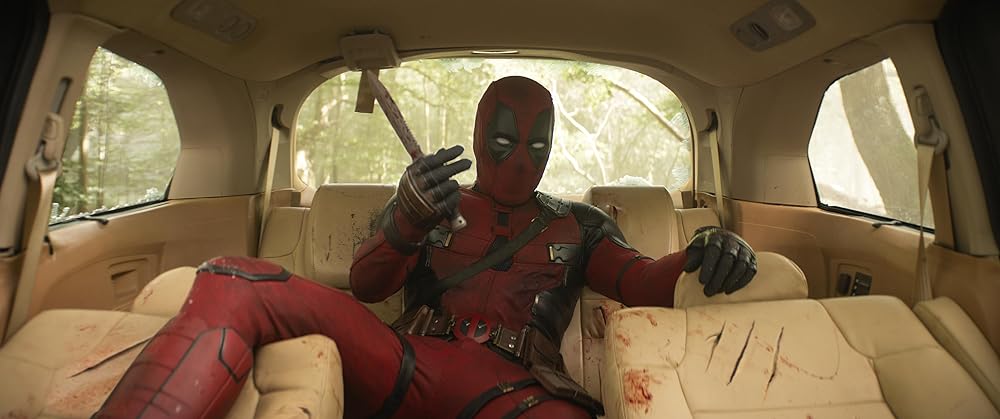
Deadpool & Wolverine might be the buddy movie of the decade. The two heterodox superheroes are back in the latest trailer for the summer blockbuster, this time with more f-bombs than a gangster film.
This time the focus is on Wolverine played by Hugh Jackman. The adamantium-infused X-Man is having a bit of a pity party when Deadpool (Ryan Reynolds) arrives on the scene who then tries to convince him to team up for selfish reasons. The result is a profanity-filled trailer with a Strange surprise at the end.
Deadpool & Wolverine is one of the most anticipated movies of the year. It comes out on July 26. Here is the latest trailer, and we suggest if you are at work and your space isn’t private, you might want to put in headphones.

'Civil War' Review: Is It Worth Watching?
Follow our new YouTube channel "Mysteries and Movies" here.
-
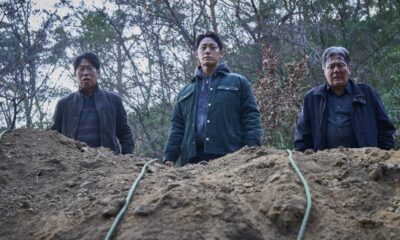
 News7 days ago
News7 days agoThis Horror Film Just Derailed a Record Held by ‘Train to Busan’
-

 News5 days ago
News5 days agoWoman Brings Corpse Into Bank To Sign Loan Papers
-

 News6 days ago
News6 days agoHome Depot’s 12-Foot Skeleton Returns with a New Friend, Plus New Life-Size Prop from Spirit Halloween
-

 News4 days ago
News4 days agoBrad Dourif Says He’s Retiring Except For One Important Role
-

 Strange and Unusual4 days ago
Strange and Unusual4 days agoMan Arrested for Allegedly Taking a Severed Leg From Crash Site And Eating It
-

 Movies5 days ago
Movies5 days agoPart Concert, Part Horror Movie M. Night Shyamalan’s ‘Trap’ Trailer Released
-
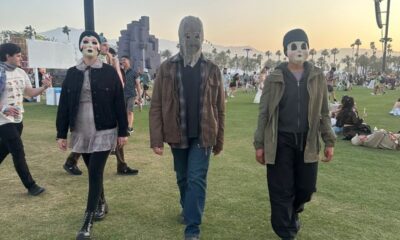
 Movies6 days ago
Movies6 days ago‘The Strangers’ Invaded Coachella in Instagramable PR Stunt
-

 Movies5 days ago
Movies5 days agoAnother Creepy Spider Movie Hits Shudder This Month
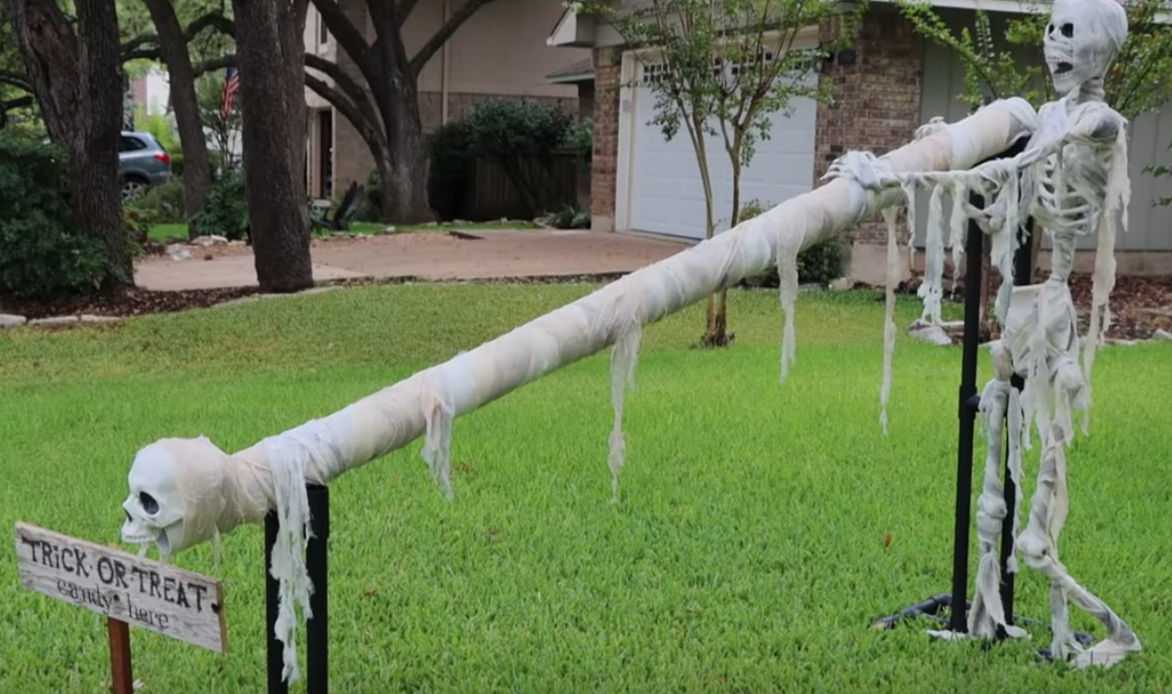
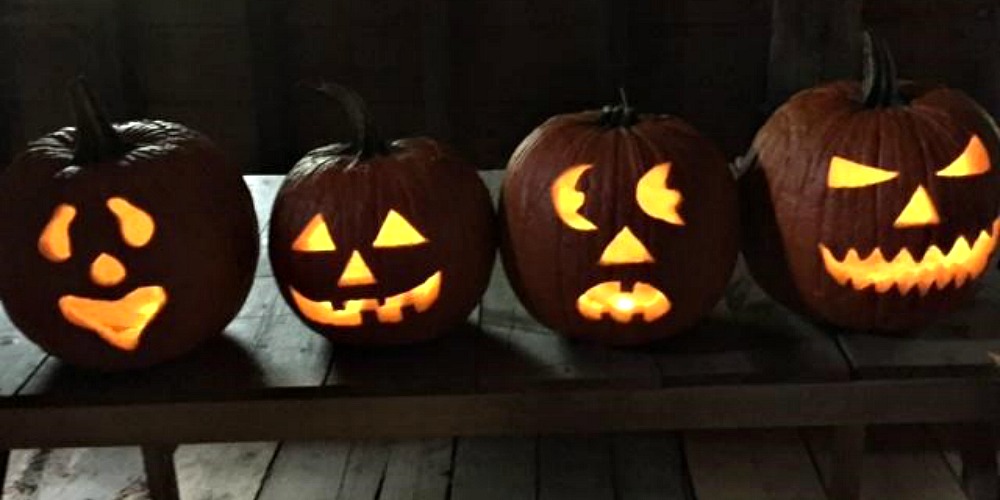
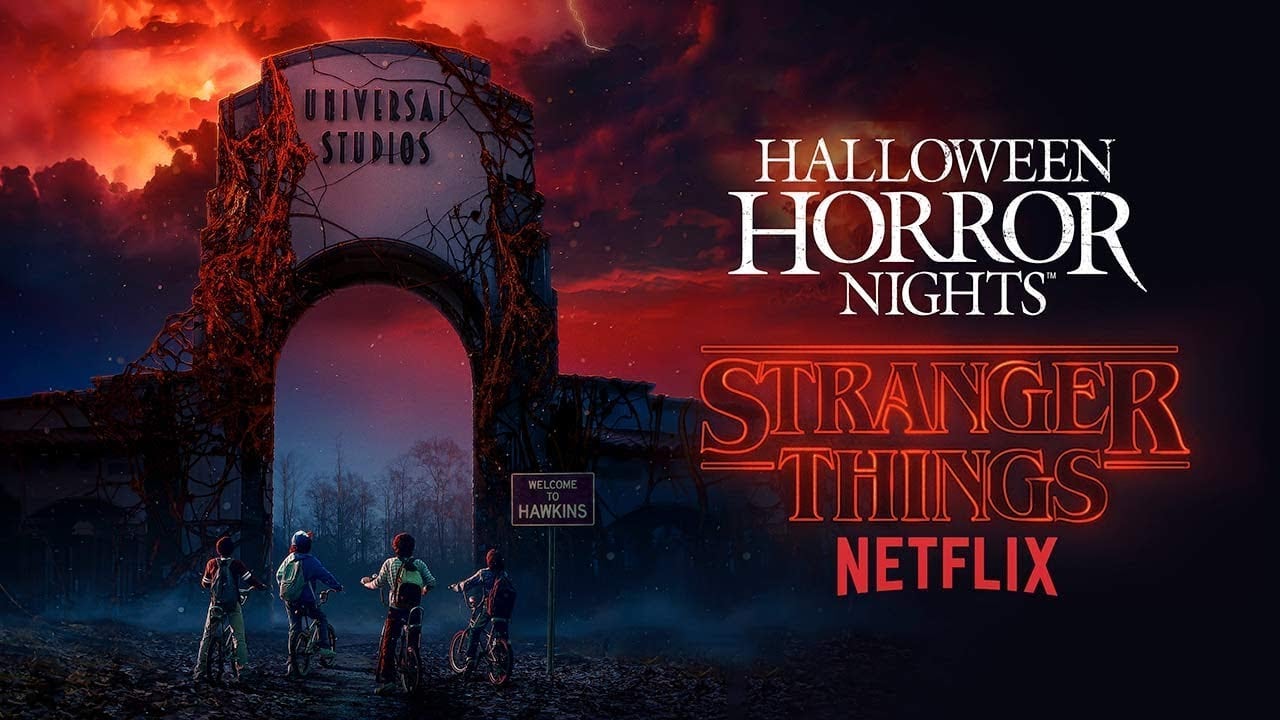

















You must be logged in to post a comment Login